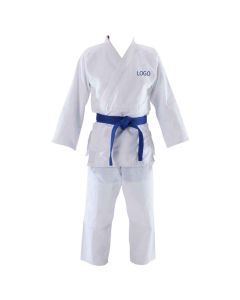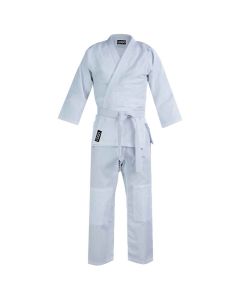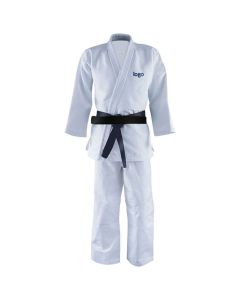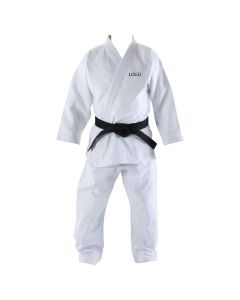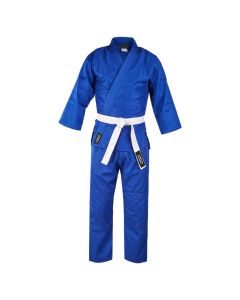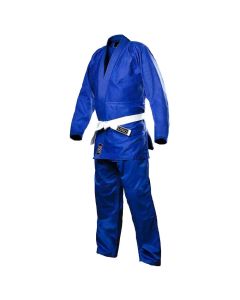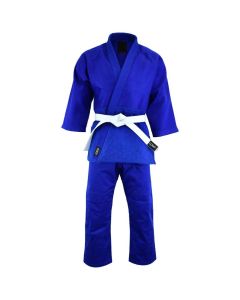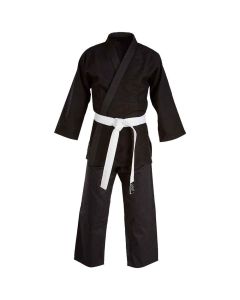Judo, a martial art known for its throws, grappling, and emphasis on discipline, holds a special place in the hearts of practitioners around the world. At the core of this revered martial art lies the iconic judo uniform, or "judogi," which not only serves as a practical garment but also represents the rich history, values, and spirit of Judo. In this article, we delve into the significance of judo uniforms, exploring their features, cultural importance, and contribution to the practice of Judo.
The Foundations of Judo Uniforms
Judo uniforms have a historical lineage that can be traced back to the traditional Japanese attire worn by warriors and martial artists. Created by Jigoro Kano, the founder of Judo, the judogi reflects his vision of a uniform that embodies the principles and philosophy of the art. The design of the judogi has evolved over time, adapting to the needs of practitioners while remaining rooted in tradition.
The Elements of a Judo Uniform
A judo uniform typically consists of three main components:
- Uwagi (Jacket): The uwagi, or jacket, is the most recognizable element of the judogi. It is made of sturdy, heavy-duty fabric to withstand the intense grappling and throwing techniques of Judo. The jacket features a thick collar that provides a firm grip for gripping and throwing techniques. The sleeves of the uwagi are also reinforced to resist tearing during training and competition.
- Zubon (Pants): The zubon, or pants, are designed to offer freedom of movement while maintaining durability. The pants are typically constructed with a wide and loose fit to facilitate dynamic techniques and rapid footwork. Elastic bands or drawstrings secure the waist of the pants, ensuring a comfortable and secure fit.
- Obi (Belt): The obi, or belt, is an essential component of the judogi and holds symbolic significance. Made from thick cotton, the belt serves as a means of identifying the practitioner's rank or level of expertise. The color of the belt progresses from white for beginners to black for experienced practitioners. The belt system in Judo symbolizes the journey of learning and growth, highlighting the importance of perseverance and dedication.
The Significance of Judo Uniforms
Judo uniforms hold immense cultural and symbolic importance within the Judo community. They represent the fundamental values and principles of Judo, such as respect, discipline, and mutual welfare.
- Equality and Unity: When practitioners don the judogi, they enter the training space as equals, regardless of their social status, age, or gender. The uniform fosters a sense of unity, creating an environment where practitioners can train together, learn from one another, and develop a deep respect for their training partners.
- Tradition and Legacy: Judo uniforms connect practitioners to the rich tradition and legacy of the art. The design and structure of the judogi have remained relatively unchanged over the years, preserving the roots and essence of Judo. When practitioners wear the judogi, they become part of a lineage that stretches back to the art's founder, Jigoro Kano, and his vision of physical and mental development.
- Discipline and Focus: The judogi serves as a constant reminder of the discipline and focus required in Judo. The weight and structure of the uniform demand proper posture and body control, enhancing the practitioner's technique and overall performance. The judogi also encourages practitioners to approach training and competition with a calm and focused mindset.
Choosing the Right Judo Uniform
Selecting the right judo uniform is crucial for practitioners, as it directly impacts their comfort, performance, and overall experience on the mats. Factors to consider when choosing a judogi include size, fit, fabric quality, and compliance with competition regulations. It is essential to find a balance between a comfortable fit that allows freedom of movement and a sturdy construction that can withstand the rigors of training.
In Conclusion
Judo uniforms go beyond being mere clothing items; they embody the spirit, values, and history of Judo. The judogi unites practitioners under a common identity, fostering a sense of respect, discipline, and unity. As practitioners engage in the throws, grappling, and techniques of Judo, the judogi serves as a constant reminder of the art's principles and the transformative power it holds. By wearing the judogi, practitioners pay homage to the legacy of Judo while embracing its profound teachings of respect, discipline, and personal growth.



